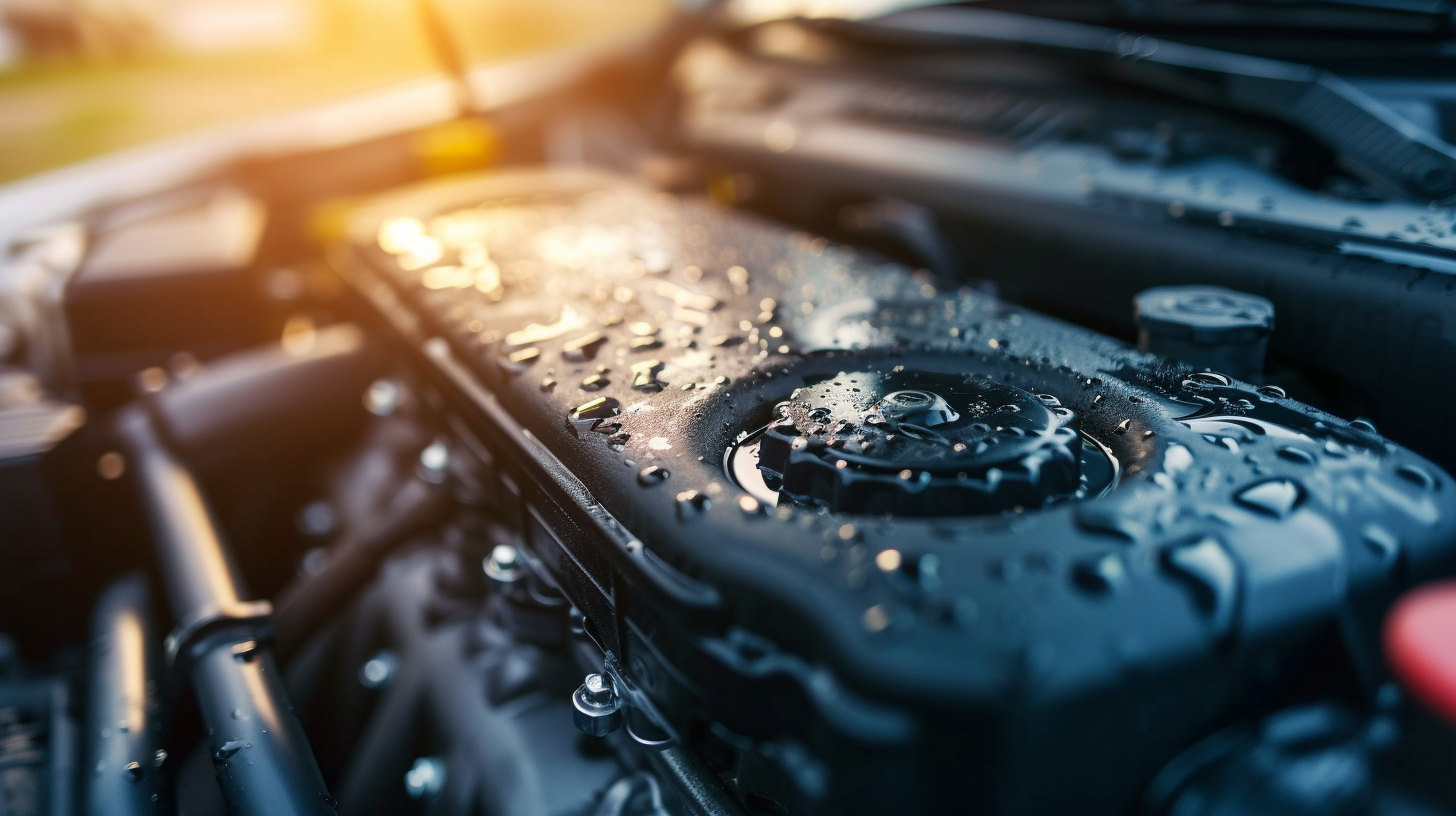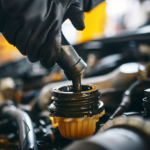In this guide, you’ll learn how to flush and replace your car’s radiator coolant. It’s important to keep your cooling system clean and functioning properly to prevent overheating and engine damage. With just a few tools and materials, you can easily remove the old coolant, flush the system, and refill it with fresh coolant. Follow these simple steps to ensure your car stays cool on the road.
Importance of Flushing and Replacing Radiator Coolant
Do you know why it’s important to flush and replace your car’s radiator coolant regularly? Well, let me tell you. Flushing and replacing your car’s radiator coolant is crucial for maintaining the health and performance of your engine. Over time, the coolant in your radiator can become contaminated with dirt, debris, and rust particles. This can lead to clogs in your radiator, which can cause your engine to overheat and potentially suffer severe damage. By flushing and replacing the coolant, you are effectively removing these harmful contaminants and ensuring that your engine stays cool and runs smoothly. Regular maintenance of your radiator coolant can also help prolong the lifespan of your car’s cooling system, saving you from costly repairs in the long run. So, make sure to schedule regular coolant flushes to keep your engine running at its best.
Gathering the Necessary Tools and Materials
To gather the necessary tools and materials, you’ll need a few key items. Firstly, you’ll need a set of wrenches or pliers to remove the drain plug and any hose clamps. A drain pan or bucket is essential to catch the old coolant as it drains out. It’s also important to have a funnel to pour the new coolant into the radiator. To flush the system, you’ll need a radiator flush solution, which can be purchased at an auto parts store. Additionally, you’ll need distilled water to mix with the flush solution and to dilute the new coolant. Don’t forget to wear gloves and safety glasses to protect yourself from any spills or splashes. Lastly, make sure you have the correct type and amount of coolant specified by your car’s manufacturer.
Draining the Old Coolant From the Radiator
Start by loosening the radiator drain plug and slowly draining out the old coolant. Locate the drain plug at the bottom of the radiator, usually on the side or bottom tank. Place a drain pan beneath the plug to catch the old coolant. Use a wrench to loosen the drain plug in a counterclockwise direction. Be careful not to completely remove the plug, as this may cause a sudden rush of coolant. Once the plug is loose, allow the coolant to flow out slowly into the drain pan. This process may take a few minutes, so be patient. Once all the coolant has drained, tighten the drain plug back into place. Now, you are ready to move on to the next step of flushing and replacing the radiator coolant.
Flushing the Cooling System
To properly flush your car’s cooling system, you will need to gather the necessary materials and follow a few simple steps. First, make sure you have a coolant flush solution, a hose, and a clean container to collect the old coolant. Park your car on a level surface and let the engine cool down completely. Once it’s cool, locate the radiator drain valve and open it to drain the remaining coolant. Next, close the drain valve and pour the coolant flush solution into the radiator. Fill the rest of the radiator with water. Start the engine and let it run for about 10 minutes to allow the flush solution to circulate. Finally, turn off the engine, open the drain valve again, and let the water and flush solution drain completely. Once drained, close the valve and you’re ready to move on to the next step – replacing the coolant.
Refilling the Radiator With Fresh Coolant
Once you have drained the old coolant and closed the drain valve, it is important to refill the radiator with fresh coolant. Start by finding the radiator cap, which is usually located on top of the radiator. Remove the cap and set it aside. Now, take a container of fresh coolant and pour it into the radiator slowly. Be careful not to spill any coolant on the engine or surrounding components. Keep pouring the coolant until the radiator is full. Next, check the coolant level in the overflow reservoir and add more coolant if necessary. Once the radiator and overflow reservoir are properly filled, replace the radiator cap tightly. Finally, start the engine and let it run for a few minutes to allow the coolant to circulate. Congratulations! You have successfully refilled your car’s radiator with fresh coolant.

Lucas is an experienced vehicle technician with hands-on knowledge of almost every car brand available. Throughout his career, Lucas has worked on a wide range of vehicles, including domestic and foreign models, sports cars, trucks, and SUVs.





